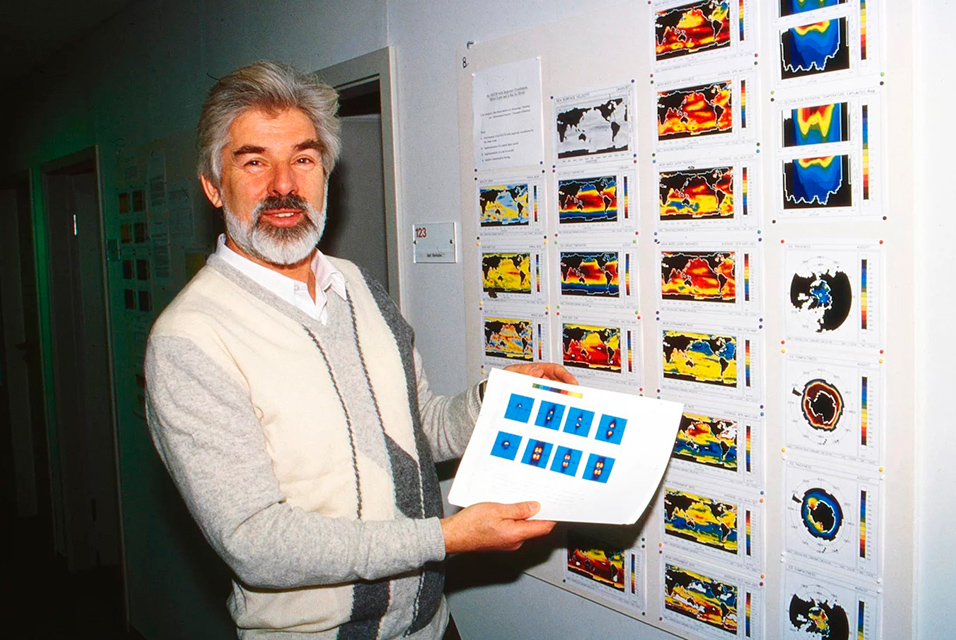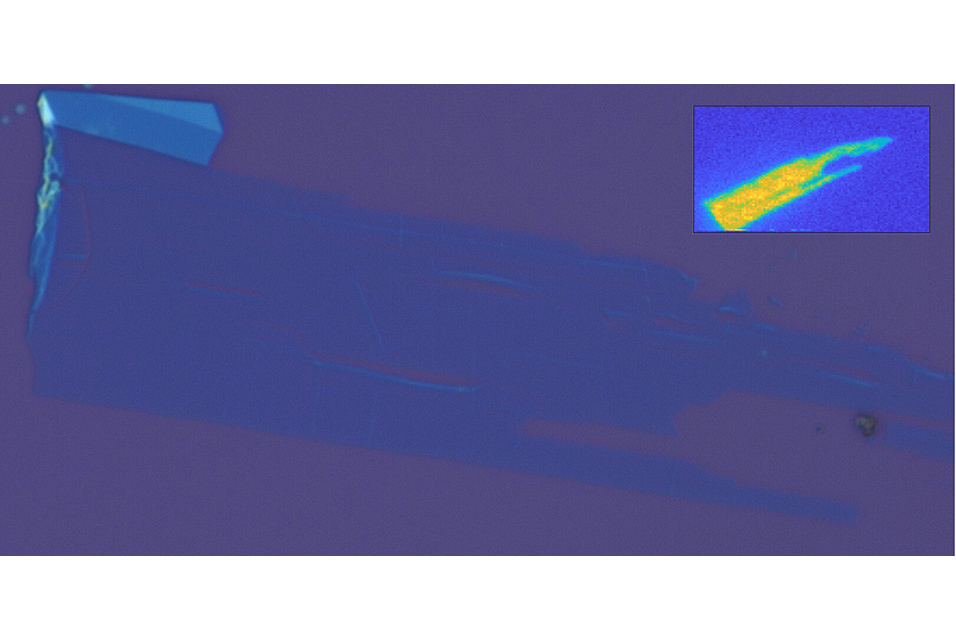HAMBURG.- The statistical model with which global warming can be attributed to increasing concentrations of CO2 in the atmosphere was developed by former Director of the
Max Planck Institute for Meteorology, Klaus Hasselmann, who will be receiving the Nobel Prize in Physics 2021 for his work.
A certain amount of provocation is often necessary, especially in science: with his work, Klaus Hasselmann threw down the gauntlet to other climate researchers, but in doing so he firmly established the fact that current global warming is unambiguously caused by increasing CO2 levels in the atmosphere. He was also instrumental in ensuring that the public and politicians now regard climate change as one of the most urgent problems facing humanity. And he himself has campaigned relentlessly and with enormous commitment to bring about a reduction in CO2 emissions to halt climate change.
Rather than adopting the traditional view that the climate is a physical system in which every change can be related deterministically to a definite cause, just as the trajectory of a thrown ball is the result of its initial speed and direction of flight, Hasselmann introduced the element of chance into climate research, explaining long-term climatic developments as the result of the meteorological background noise which manifests itself in short-term weather fluctuations. Until then, nobody had ever considered the weather and climate in this way. The Nobel Foundation refers to an image to describe the connection: when a person takes their dog for a walk, it will sometimes dash off in one direction and sometimes in another, but overall it will follow the same path as its owner. The same is true of the weather and the climate: the weather fluctuates more or less randomly in different directions, but ultimately forms the climate.
The CO2 fingerprint
Yet Hasselmann was not satisfied with this statistical description of the climate, as it is initially impossible to discern anything within the noise. He was interested in the hidden signals within the noise much like his colleagues in telecommunications engineering. In terms of climate research, these signals are the many factors that influence the climate including, first and foremost, solar energy, but also atmospheric currents, heat exchanges between the atmosphere and the ocean, particles from volcanic eruptions, and the greenhouse effect, which is caused by carbon dioxide, the atmospheric levels of which have been increasing steadily since the start of industrialization. In the 1960s, Syukuro Manabe had already described the greenhouse effect using a model for which he will also receive the Nobel Prize in Physics in 2021 together with Hasselmann and the Italian physicist Giorgio Parisi.
As far back as the late 1970s, Hasselmann had already developed the mathematical tool with which the effects of man-made CO2 emissions in the statistical weather fluctuations can be demonstrated, but it took another 15 years or so before climate researchers at the Max Planck Institute for Meteorology and their international colleagues would actually use it for this purpose. This was not least because, as Hasselmann himself admitted in a recent interview with Die Welt, his original paper on the subject was quite incomprehensible. But he rewrote it in the early 1990s and the concept of the “fingerprint” proved to be a catchy way of describing what the model does: it filters the signals made by individual climate factors and in particular the carbon dioxide fingerprint from the meteorological background noise.
As early as 1995, researchers at the Max Planck Institute for Meteorology rated the probability that global warming, which was already discernible in the measured data, is caused by the increase in atmospheric CO2 concentrations, at 95 per cent. Since then, climate researchers have refined their statements to such an extent that they are practically 100 per cent certain that this is the case. They can now describe many processes and feedback loops with greater precision than was possible in the 1990s, yet, they still basically proceed on the basis of Klaus Hasselmann's fingerprint approach.
The Global Climate Forum supports the route to climate neutrality
Hasselmann can also be credited with the fact that there is currently no serious denial that man-made climate change is taking place, yet the nay-sayers were even more vociferous and less isolated in the 1990s. Hasselmann tirelessly defended his research, even against the sceptics, and was even calling for a focused effort to reduce greenhouse gas emissions back then as he still is today.
"What we need most urgently right now", he told the Nobel Foundation, “is direct action against climate change. There are many things we can do to prevent it, but the question is whether people understand that we have to act now to prevent something that would only happen in 20 or 30 years’ time. That’s the main problem of climate change". "And”, he continues, “it’s what we climate scientists have been struggling against for years now".
To make the public aware of the findings of climate researchers and to develop effective but also practicable measures against climate change, Hasselmann, in collaboration with Carlo C. Jaeger of the Potsdam Institute for Climate Impact Research, founded the European Climate Forum, which has since attracted many partners from outside of Europe and has therefore been renamed as the Global Climate Forum. The forum brings together stakeholders from science, business, politics, and the public and initiates research projects to support businesses and the public through the transition to climate neutrality.
Climatic changes were easier to solve than turbulence
Starting in 1975, Hasselmann founded and developed the Max Planck Institute for Meteorology where he worked until his retirement in 1999. Before that, he had carried out research at places such as the Scripps Institution of Oceanography at the University of California in La Jolla and at the University of Hamburg, where he habilitated in 1963 and taught as a professor from 1969 to 1975.
The fact that his career path would, in a manner of speaking, lead to him becoming one of the first climate activists from the scientific community was not initially predictable. He completed his doctorate in fluid dynamics at the Max Planck Institute for Fluid Dynamics, which has since been renamed the Max Planck Institute for Dynamics and Self-Organization, and at the University of Göttingen. As he said in an interview with Die Welt, he had actually wanted to solve the turbulence problem: turbulence plays a role in all fluid processes, including the climate, and is considered to be one of the greatest unsolved problems in physics. "Climate change was an easier problem to solve, so I solved that."










